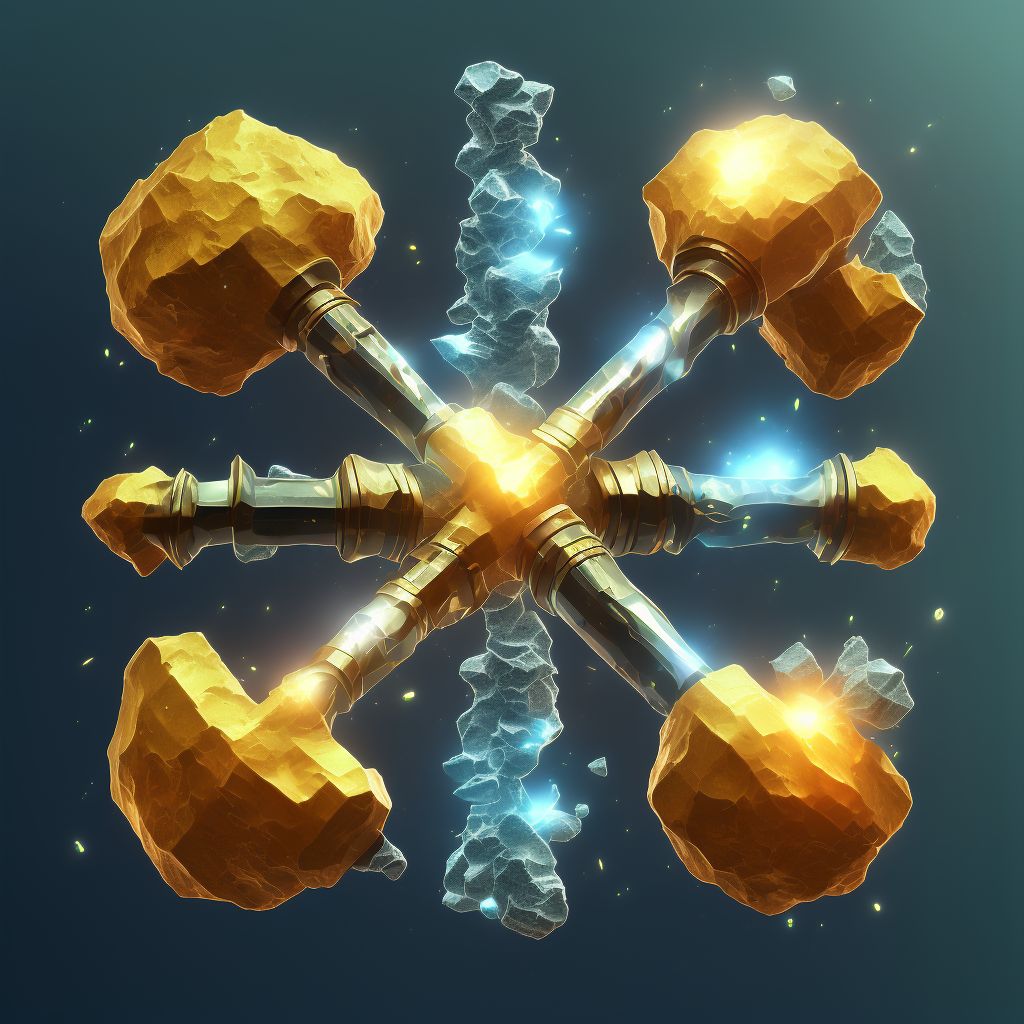
Displaced comminuted fracture of shaft of left fibula, subsequent encounter for open fracture type IIIA, IIIB, or IIIC with routine healing Save
ICD-10 code: S82.452F
Disease category: S82.452: Displaced comminuted fracture of shaft of left fibula
Displaced Comminuted Fracture of Shaft of Left Fibula: A Comprehensive Overview
A displaced comminuted fracture of the shaft of the left fibula is a severe injury that requires proper medical attention and treatment. This type of fracture occurs when the bone breaks into multiple fragments and the broken ends of the bone are no longer aligned. In this article, we will discuss the subsequent encounter for an open fracture type IIIA, IIIB, or IIIC with routine healing, focusing on the causes, symptoms, and the importance of seeking medical care.
Causes:
Symptoms:
Importance of Seeking Medical Care:
If you suspect a displaced comminuted fracture of the shaft of your left fibula, it is crucial to seek immediate medical care. Delaying treatment can lead to complications and hinder the healing process. A healthcare professional will perform a thorough examination and may order an X-ray or other imaging tests to determine the severity of the fracture.
Treatment:
While this article does not cover the treatment options for this type of fracture, it is important to note that treatment typically involves immobilizing the leg with a cast or brace to allow proper healing. In some cases, surgery may be necessary to realign the bones and secure them with screws, plates, or rods.
In conclusion, a displaced comminuted fracture of the shaft of the left fibula is a severe injury that requires prompt medical attention. If you experience symptoms indicative of this type of fracture, it is essential to consult a healthcare professional for a proper diagnosis and to discuss the appropriate treatment options.
Treatment of Displaced comminuted fracture of shaft of left fibula, subsequent encounter for open fracture type IIIA, IIIB, or IIIC with routine healing:
Treatment Options for Displaced Comminuted Fracture of Shaft of Left Fibula
A displaced comminuted fracture of the shaft of the left fibula can be a complex injury that requires prompt and appropriate treatment. In subsequent encounters where the fracture is classified as type IIIA, IIIB, or IIIC with routine healing, there are several treatment options available to promote effecti...
To see full information about treatment please Sign up or Log in